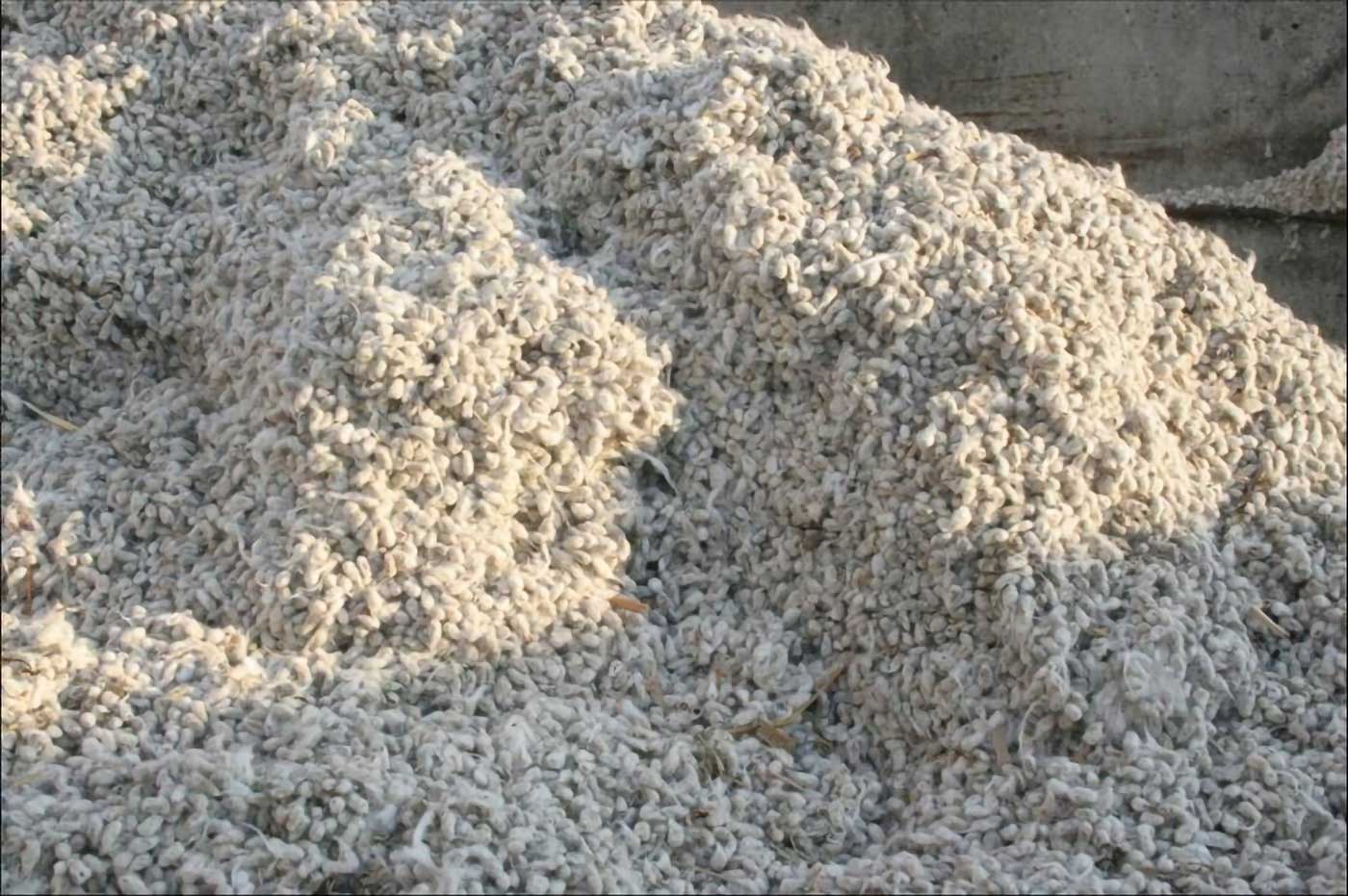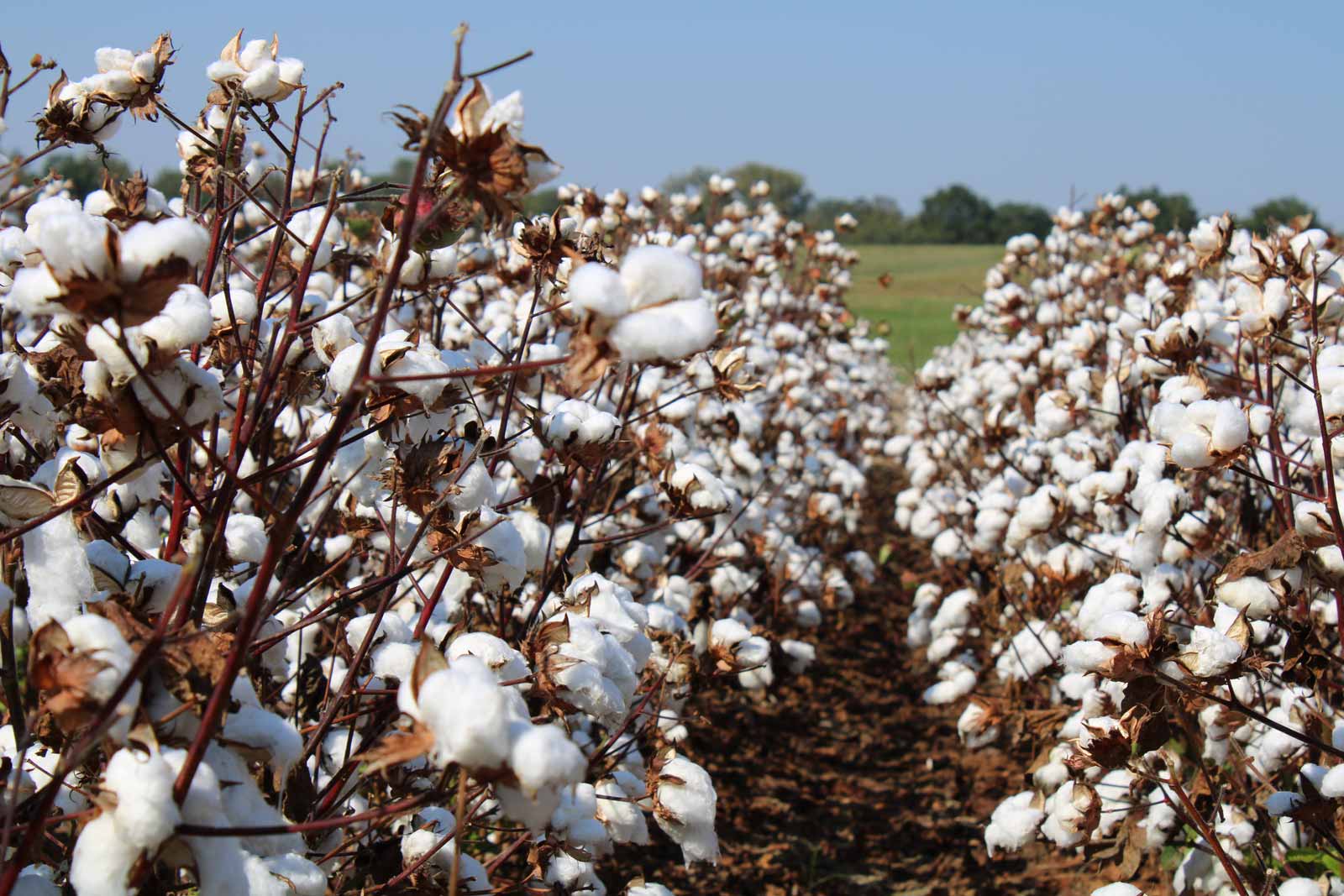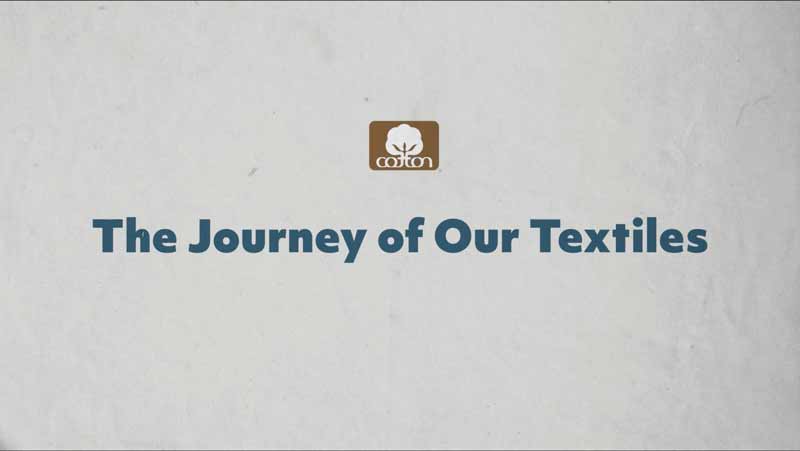- Context: 45 pounds of toilet tissue is flushed each year, on average releasing 45 pounds cellulose microfibers. This is the equivalent shedding of 1.4 million T-shirt washes.1
- Why this Matters: The contribution of cotton garments to the total cellulose microfibers in wastewater is minor when compared to that of toilet tissue, and importantly, cotton fibers degrade more rapidly. This is in stark contrast to synthetic microfibers, which persist in the environment, contributing significantly to the pollution of waterways and being identified as emerging environmental threats.
- What the Research Says: Cotton Incorporated and North Carolina State University investigated the biodegradation of cotton microfibers, wood pulp-based toilet tissue paper, flushable wipes, and polypropylene-based nonwoven wipes in various water environments. The research revealed that cellulosic components, such as those found in cotton and toilet tissue paper, exhibited extensive biodegradation across all tested conditions. Cotton was found to biodegrade as quickly as or even faster than toilet tissue paper while polypropylene did not appear to degrade at all.
- Relative Importance: It’s time to prioritize our efforts where they matter most. Instead of being concerned by cotton cellulose microfiber emissions that are far smaller than toilet tissue cellulosic microfiber emissions, the apparel industry and consumers should focus on the larger issue and impacts of synthetic microfibers, which do not biodegrade.
- A Call to Action: Addressing synthetic microfiber pollution requires a multifaceted approach, including promoting the use of natural fibers over synthetic alternatives and educating the public about the environmental impacts of non-biodegradable materials.
The issue of microfiber pollution in aquatic systems is a growing concern that demands our attention. Microfibers are tiny fibers that can be of synthetic or natural origin and are often shed during laundering or flushing processes. In the United States, each person contributes approximately 45 pounds of toilet tissue paper microfibers to the wastewater treatment system annually, making it a substantial source of cellulosic microfibers. The quantity of microfibers emitted from toilet tissue paper use annually in the U.S. equates to the shedding from washing 1.4 million T-shirts.1
To assess the environmental impact of microfibers released during the flushing process, Cotton Incorporated and North Carolina State University carried out a study on the biodegradation of cotton microfibers and other materials commonly flushed in various water environments. The research found that cellulosic microfibers from cotton apparel biodegrade more rapidly than those from toilet tissue paper under all tested conditions. In contrast, synthetic material microfibers showed no signs of biodegradation, persisting in all water environments.
The Importance of Microfiber Biodegradability
Biodegradation refers to the process where materials are broken down into simpler, environmentally benign compounds by microorganisms. This process is crucial for materials like fibers, which, if biodegradable, can break down naturally instead of persisting and potentially damaging ecosystems. Therefore, understanding the biodegradability of microfibers is crucial for assessing their environmental impact and potential contribution to microfiber pollution.
Cotton microfibers are indirectly sent to wastewater treatment plants when they shed from garments during washing. On the other hand, materials like toilet tissue paper, flushable wipes, and nonwoven wipes are deliberately flushed and subsequently directed to wastewater treatment plants. From there, they can find their way into various natural water bodies, including lakes and seas. The biodegradability of these materials significantly influences their fate in wastewater treatment plants and natural environments, thereby impacting overall water quality and ecosystem health.
The study found that cotton and cellulosic materials, such as those found in flushable wipes and toilet tissue paper, biodegraded substantially in all tested water environments. For instance, in wastewater, cotton microfibers exhibited an impressive 88% biodegradation after 110 days, while the cellulose microfibers from the toilet tissue paper and flushable wipes showed 79% and 76% biodegradation rate. The nonwoven polypropylene wipes demonstrated only 19% biodegradation in the same period.2 It is important to note that the polypropylene component in the wipes did not degrade at all, and the observed biodegradation rate can be attributed solely to the degradation of the regenerated cellulose component present in the wipes.
When we tested these materials in lake water, we found similar trends. Cotton microfibers degraded faster than the cellulose microfibers in toilet tissue paper but at a comparable rate in seawater. Again, synthetic microfibers from the polypropylene-based wipes showed the lowest biodegradation due to their high polypropylene content and low cellulosic content.2
Interestingly, the presence of polypropylene did not inhibit the biodegradation of the cellulose component in the wipes. This suggests that even in mixed-material products, the natural fiber component can still degrade independently.
These findings provide valuable insights into the environmental impact of natural and synthetic microfibers. The high biodegradability of cotton and cellulosic materials suggests that choosing natural fibers over synthetic alternatives can contribute to reducing the accumulation of non-biodegradable waste in our environment.
Our Biodegradability Research Journey
In 2017 Cotton Incorporated expanded its biodegradability research to look at synthetic fiber versus natural fiber decay rates. Together with North Carolina State University, we examined the biodegradation rates of microfibers from cotton, rayon and polyester, as well as the effect of various washing techniques on microfiber production. We learned that, while cellulose-based fabrics released more microfibers these fiber fragments readily biodegraded in wastewater treatment whereas the microplastics generated by polyester persisted for long periods of time.3
In 2020 and 2021, Cotton Incorporated published studies exploring how natural microfibers and synthetic microfibers degrade in aquatic environments. The research found that cotton samples degraded over 60% in less than 20 days, with some achieving up to 85% degradation over 100 days, surpassing an oak leaf.4 In contrast, synthetic microfibers did not degrade at all. Despite chemical treatments like silicone softener, durable press, water repellent, or blue reactive dye, cotton still biodegraded over 60% when exposed to realistic aquatic conditions for 102 days.4
A Call for Action: Reducing Synthetic Microfiber Pollution
In the U.S., every individual contributes roughly 45 pounds of toilet tissue microfibers to wastewater systems annually, equivalent to the microfibers shed from laundering 1.4 million T-shirts each year.1 It’s crucial to recognize where our attention and efforts should be directed for maximum impact. While concerns about cellulose microfibers persist, the key lever for change doesn’t lie within cotton materials themselves but rather within the realm of toilet tissue paper. However, the infrastructure of both our natural ecosystems and wastewater treatment plants is adept at managing cellulose microfibers, which leads us back to our point related to synthetic materials.
Unlike their cellulose counterparts, synthetic microfibers pose unique challenges due to their persistence and adverse environmental effects. These synthetic microfibers are persistent in the environment and contribute to overall plastic pollution in aquatic systems. Their pervasive presence in various aquatic environments – including oceans, lakes, rivers, and even effluents from wastewater treatment plants – has elevated microplastics to the status of emerging contaminants of concern.5
As we navigate the landscape of microfiber pollution, it’s imperative to maintain a balanced perspective, recognizing the relative importance of different sources while focusing our efforts on mitigating the most significant threats to our environment and wastewater treatment systems.
Here are some potential solutions that could contribute to reducing microfiber pollution:
1. Promote the Use of Natural Fibers
Understanding the biodegradability of natural and synthetic fibers is critical. Our research suggests that natural fibers such as cotton degrade significantly more than synthetic alternatives like polypropylene in tested environments. Therefore, promoting the use of natural fibers in the production of consumer products can be an effective strategy to reduce synthetic microfiber pollution. This could involve encouraging manufacturers to opt for natural fibers in their products and educating consumers about the benefits of choosing products made from natural fibers.
2. Educate the Public
Public education plays a crucial role in addressing synthetic microfiber pollution. Consumers should be informed about the benefits of using natural fibers and biodegradable materials, and the environmental impact of improperly disposing non-biodegradable items. This can be achieved through educational initiatives such as public awareness campaigns, school programs, and informative product packaging.
In conclusion, synthetic microfiber pollution in water systems is a growing concern that demands our attention. Opting for natural fibers over synthetic alternatives can significantly contribute to reducing the accumulation of non-biodegradable waste in our environment, given the high biodegradability of natural fibers. Cotton Incorporated is committed to continuing our research on this important subject and discovering sustainable solutions. Through collaboration, we can mitigate the impact of microfiber pollution and work towards a cleaner, healthier, and more sustainable future.

Mary Ankeny – Vice President, Product Development & Implementation Operations
1Calculated based on these assumptions: 1. Tissue paper is composed entirely of microfibers 2. The average weight of a cotton t-shirt is 215 grams 3. The average toilet paper consumption in the US is 20,500 g/person/year. 4. On average, each t-shirt wash releases 0.014 g of microfibers per t-shirt.
Sources:
Vieira, J., Vieira, A., Mendes, A., Carta, A., Fiadeiro, P., Costa, A. (2022). Toilet Paper Perforation Efficiency, BioResources 17(1), 492-503.
Cotton Incorporated. (2017). LCA update of cotton fiber and fabric life cycle inventory.
Jeffrey Kluger, TIME magazine (2023). Now We Need to Worry About Harmful ‘Forever Chemicals’ in Our Toilet Paper Too.
Marielis C. Zambrano et al. (2019). Microfibers Generated from the Laundering of Cotton, Rayon and Polyester Based Fabrics and Their Aquatic Biodegradation, Marine Pollution Bulletin 142: pp. 394-407
2Smith, M. M., Zambrano, M., Ankeny, M., Daystar, J., Pires, S., Pawlak, J., and Venditti, R. A. (2024). “Aquatic aerobic biodegradation of commonly flushed materials in aerobic wastewater treatment plant solids, seawater, and lakewater,” BioResources 19(1), page 1160. DOI: 10.15376/biores.19.1.1150-1164
3Marielis C. Zambrano et al. (2019). Microfibers Generated from the Laundering of Cotton, Rayon and Polyester Based Fabrics and Their Aquatic Biodegradation. Marine Pollution Bulletin 142, 394-407, link.
4Zambrano, M. C., Pawlak, J. J., Daystar, J., Ankeny, M., & Venditti, R. A. (2021). Impact of dyes and finishes on the aquatic biodegradability of cotton textile fibers and microfibers released on laundering clothes: Correlations between enzyme adsorption and activity and biodegradation rates. Marine Pollution Bulletin, 165(January), 112030, link
5Christiansen, K. S., et al. (2018). Global & Gallatin Microplastics Initiatives. link




